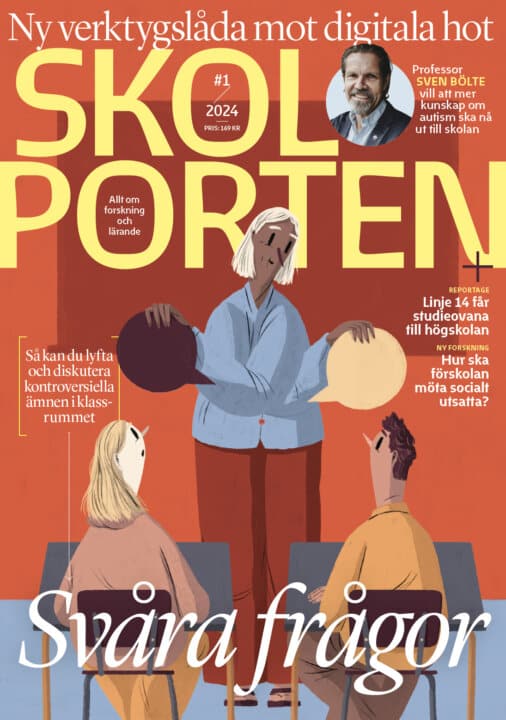Health for future: self-rated health and social status among adolescents
Gymnasieungdomars självskattade hälsa har ett positivt samband med subjektiv social status i skolan, stämningen i familjen och självkänsla hos både flickor och pojkar. Det visar Junia Joffer i sin avhandling.
Junia Joffer
Lars Jerdén, Högskolan Dalarna Reneé Flacking, Högskolan i Dalarna Ann Öhman, Umeå universitet
Professor Anna Sarkadi, Uppsala universitet
Umeå universitet
2020-09-04
Hälsa för framtiden : Självskattad hälsa och social status bland ungdomar
Health for future: self-rated health and social status among adolescents
Institutionen för epidemiologi och global hälsa
Health for future: self-rated health and social status among adolescents
The overall aim of this thesis was to explore self-rated health, subjective social status and smoking in adolescents.
This thesis consists of a qualitative and a quantitative study. The qualitative study was an interview study that included 58 participants in the 7th and 12th grades. The cognitive interviewing technique ‘think-aloud’ was employed to explore how adolescents interpret and reason when answering a question about self-rated health (‘A person may feel good sometimes and bad sometimes. How do you feel most of the time?’). Additionally, factors contributing to subjective social status in school and the different strategies adolescents used for positioning were explored. Qualitative content analysis and thematic network analyzes were used to analyze the data. The quantitative study was a cohort study involving 1046 adolescents who answered questionnaires about their health in the 7th, 8th, 9th and 12th grades. Data were used to investigate predicting factors in the 7th grade for smoking in the 12th grade, as well as to examine associations between subjective social status in school, socioeconomic status and self-rated health in boys and girls in the 12th grade. Data were analyzed using chi-square tests, binary logistic regression and ordinal logistic regression analyses.
The results from the interviews showed that participants interpreted the self-rated health question in holistic terms including social, mental and physical aspects. Results from the quantitative study showed that boys rated their health higher than girls at all ages. In a multivariable analysis lower selfesteem, a less negative attitude towards smoking and ever using snus in the 7th grade were significant predictors of smoking in the 12th grade. In addition, girls had an increased risk of becoming smokers. Cross-sectional analyses in the 12th grade revealed that adolescents’ self-rated health was positively associated with subjective social status in school, mood in the family and self-esteem in both girls and boys. Boys rated their subjective social status higher than girls. When exploring subjective social status in school further through interviews, status hierarchies in school were confirmed by the participants, which were strongly influenced by norms linked to gender, age, ethnicity and parental economy, but also expectations about how to look, act and interact.
In conclusion, this thesis demonstrates that the self-rated health question ‘How do you feel most of the time?’ is useful for capturing a multidimensional view of health. Early efforts to strengthen adolescents’ self-esteem, promote anti-smoking attitudes and avoid an early initiation of snus seem to be important components of smoking prevention in adolescence. The positive association between self-rated health and subjective social status in school indicates that the subjective social status question is a useful healthrelated measure of social position in adolescents. Because social desirability in the school hierarchy was defined by norms that left little room for diversity, the possible negative impact of status hierarchies on adolescents’ health should to be considered. Overall, gender differences in health and social status emphasize the need for a gender-sensitive understanding of factors that impact adolescents’ lives
Relaterade länkar

Fritidshem
 Åk F–6
Åk F–6 Matematikångest
 Åk 4–Vux
Åk 4–Vux 






